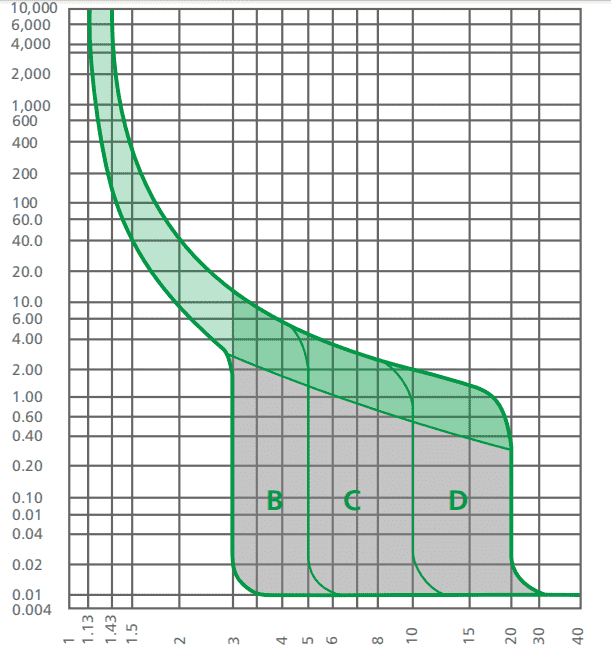Next: MCB Types Fully Explained: A Guide to Choosing from Type A to Type D

.png)
Learn More: MCB Tripping in India: Causes, Solutions, and Prevention Strategies
Overloads: Excess current flowing through the circuit.
Short Circuits: Direct contact between live and neutral wires.
Ground Faults: Current leaking to the ground.
Understanding the Miniature Circuit Breaker (MCB) Working, Types, Diagram ensures quick resolution and prevents hazards like fires or equipment damage.
Cause: Too many appliances running simultaneously (common in Middle Eastern summers with ACs, refrigerators, etc.).
Solution:
Unplug non-essential devices.
Upgrade to a higher-rated MCB (e.g., from 16A to 20A) after consulting an electrician.
Cause: Damaged wiring or faulty appliances causing live-neutral contact.
Solution:
Inspect cords and sockets for burns/melting.
Replace damaged wires or appliances immediately.
Cause: Current leakage due to insulation failure (common in humid Gulf regions).
Solution:
Install a Residual Current Circuit Breaker (RCCB) alongside the MCB.
Check moisture-prone areas (e.g., kitchens) for exposed wires.
Cause: Aging or defective MCB failing to handle rated current.
Solution:
Test the MCB by swapping it with a working one.
Replace old MCBs every 8–10 years.
Cause: Poorly connected wires generate heat, triggering trips.
Solution:
Tighten terminal screws in the distribution board.
Use a thermal camera to detect hot spots.
Cause: Unstable power supply (common in areas with frequent grid issues).
Solution:
Install a voltage stabilizer or surge protector.
Use MCBs with a wider voltage tolerance (e.g., 230V–440V).
Cause: Using a Type B MCB for heavy machinery (requires Type C/D).
Solution:
Match the MCB curve type to the load:

Type B (3–5× current): Lights, sockets.
Type C (5–10×): AC units, motors.
Type D (10–20×): Industrial equipment.
Cause: High ambient temperatures in Middle Eastern summers reduce MCB efficiency.
Solution:
Ensure proper ventilation around the electrical panel.
Avoid stacking multiple MCBs tightly.
Cause: A faulty device (e.g., a compressor) draws excess current.
Solution:
Test appliances one by one by plugging them into different circuits.
Repair or replace malfunctioning units.
Cause: Rats chewing wires in storage areas or attics.
Solution:
Seal entry points and use rodent repellents.
Replace damaged cables with armored conduits.
Regular Maintenance: Schedule annual electrical inspections.
Load Balancing: Distribute high-wattage appliances across circuits.
Use Quality MCBs: Opt for brands like laiwo,Legrand, Siemens, or ABB for durability.
Click here for more mcb brands and manufacturers.
A: Using an MCB with a lower rating than required can cause it to trip frequently. Check the ampere rating of the MCB before installation. Avoid overloading: Avoid overloading the circuit with too many electrical appliances or devices. Unplugging unused devices can help to reduce the load on the circuit.
A: Start by turning off all the lights, appliances, and electronic devices in your home. Then, reset the main circuit breaker by switching it off and on. Afterward, turn on each circuit one at a time, and observe which one trips the breaker. Once you've identified the circuit, you can focus on narrowing down the problem.
A: While there is no set number of trips that will cause a breaker to go bad, excessive tripping can lead to wear and tear on the breaker's internal components, potentially reducing its lifespan.
INQUIRY NOW